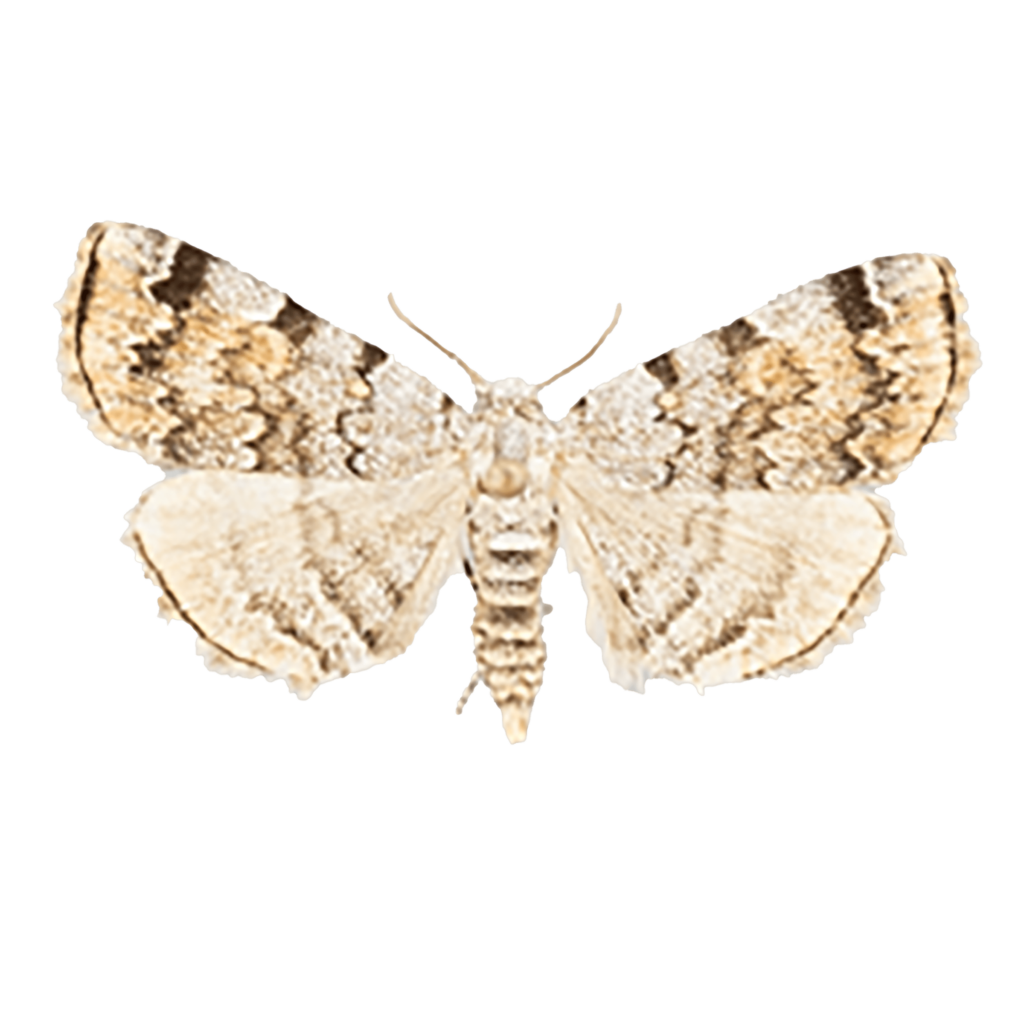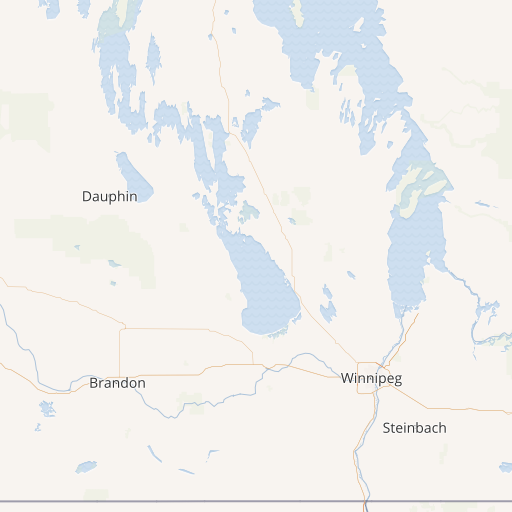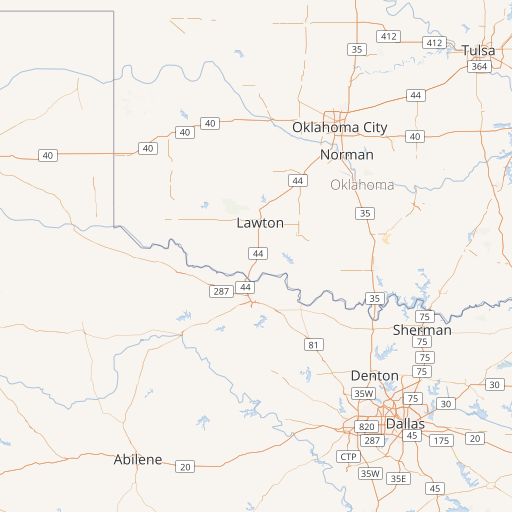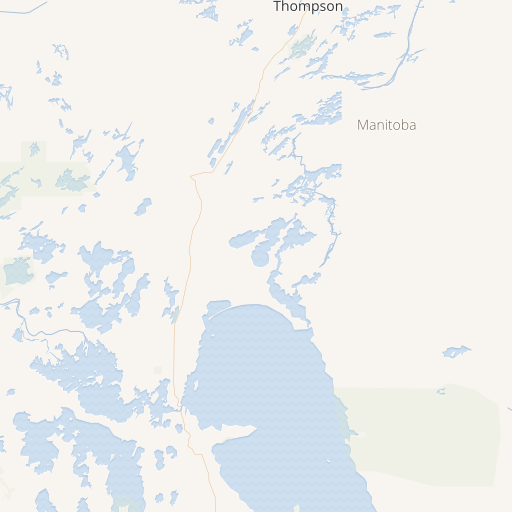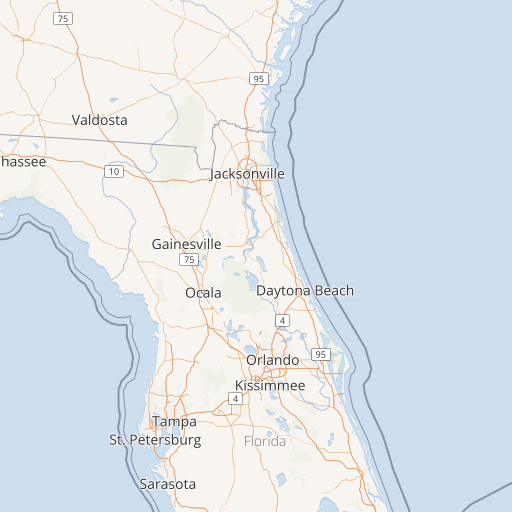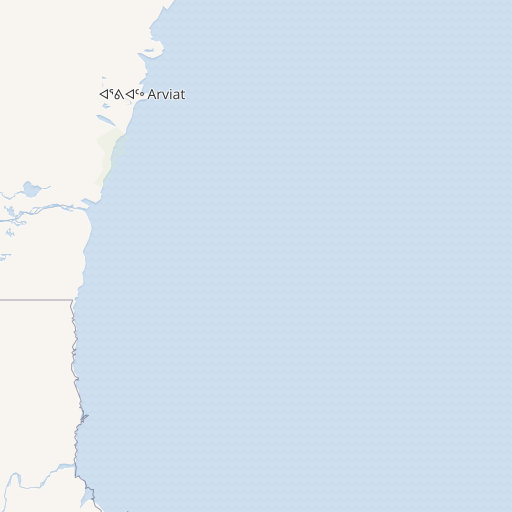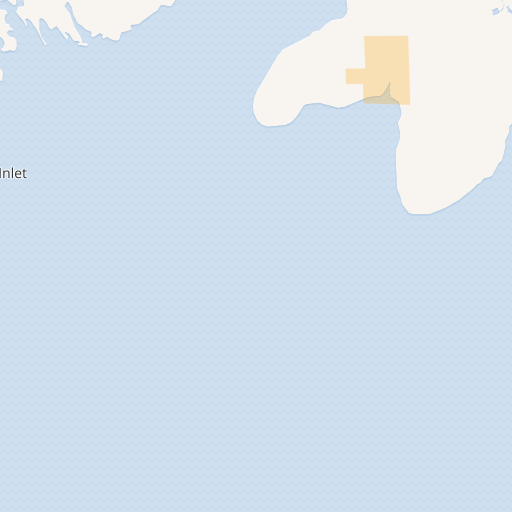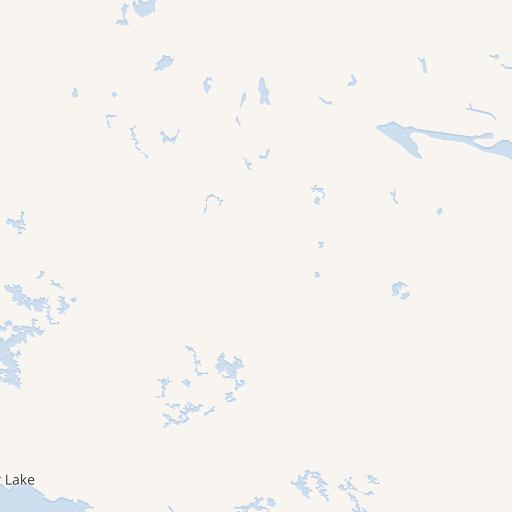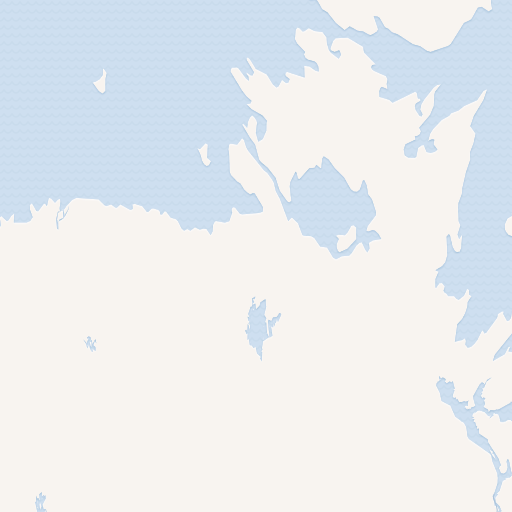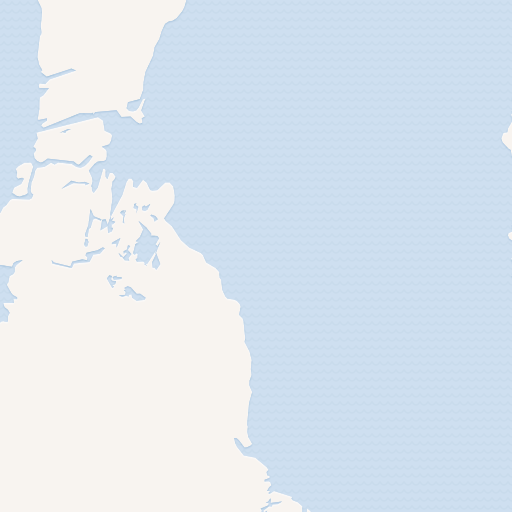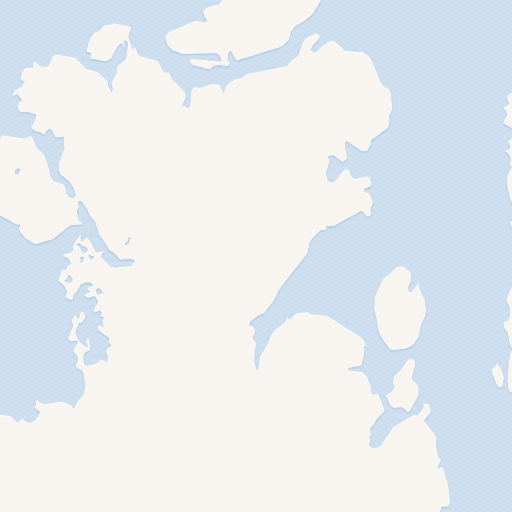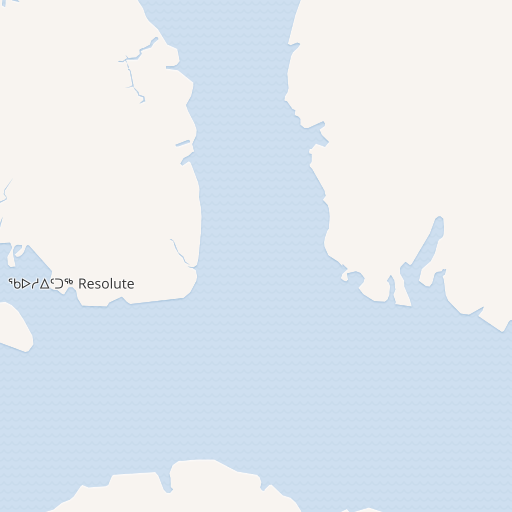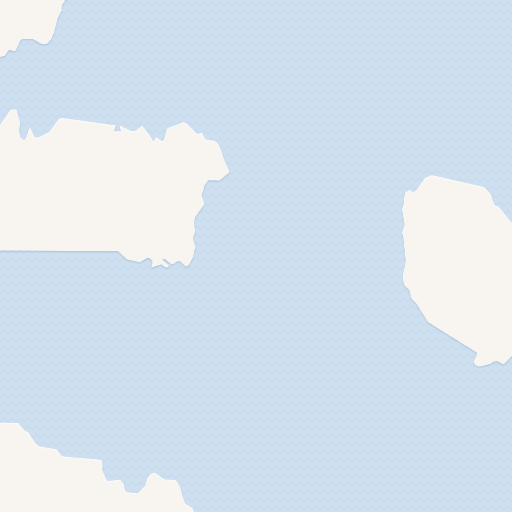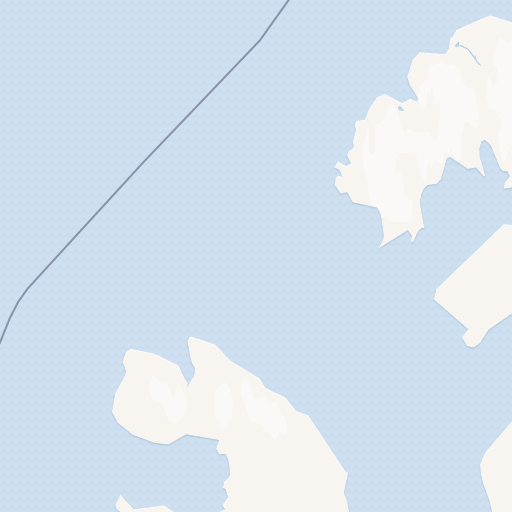About
The American Idia Moth, scientifically known as Idia americalis, is a species of small nocturnal moth found in various regions across North America. With a wingspan ranging from 2 to 3 centimeters, this moth displays striking and vibrant patterns on its forewings, often featuring shades of brown, gray, and cream. This moth has two color morphs: a lighter variety and a darker variety. The lighter variety is typically shades of pale gray, whereas the dark variety is shades of dark brown.
The American Idia Moth prefers a diverse range of habitats, including woodlands, gardens, and urban areas, making it relatively common in its native range. As a nocturnal species, it is primarily active during the nighttime hours, seeking nectar from various flowers and serving as a crucial pollinator for numerous plant species. Despite its unremarkable appearance during daylight, the American Idia Moth plays an essential role in the ecosystem and represents one of the many fascinating insects found in North America’s diverse biodiversity.
Moist forests

